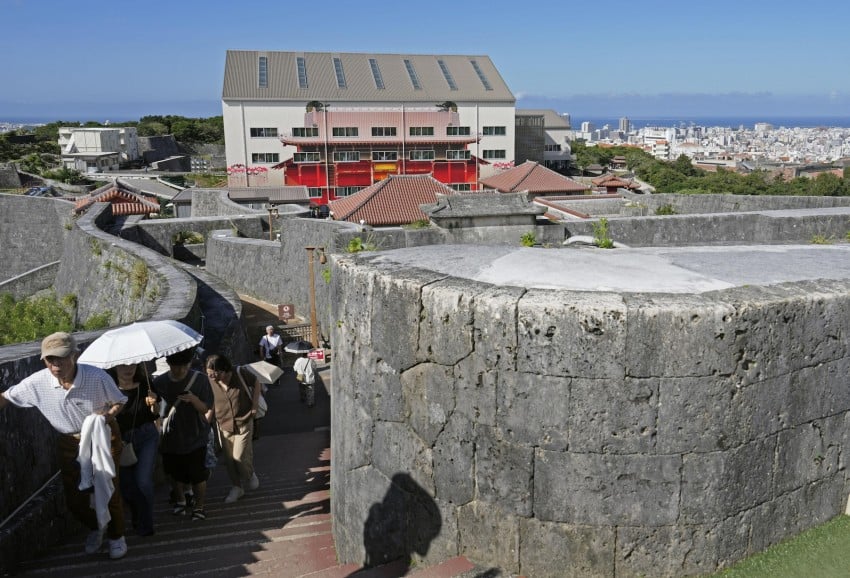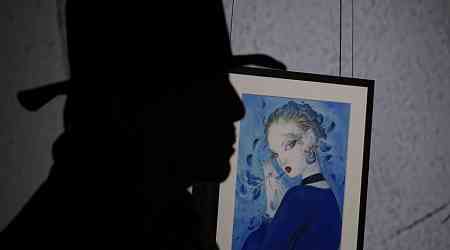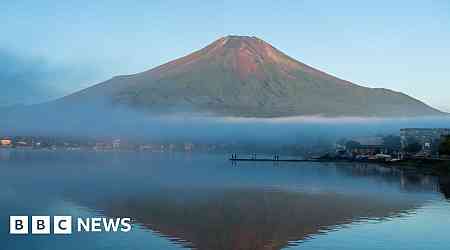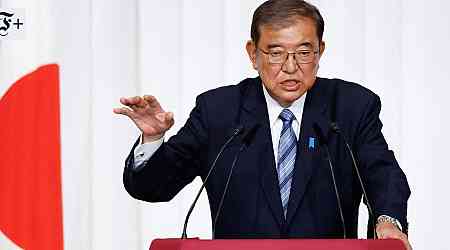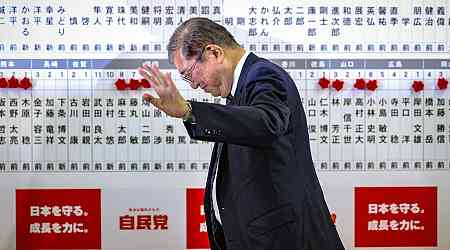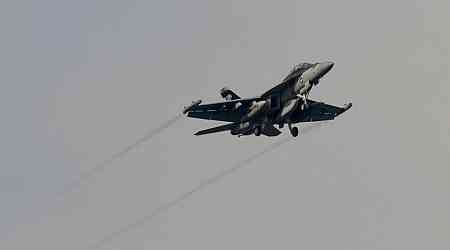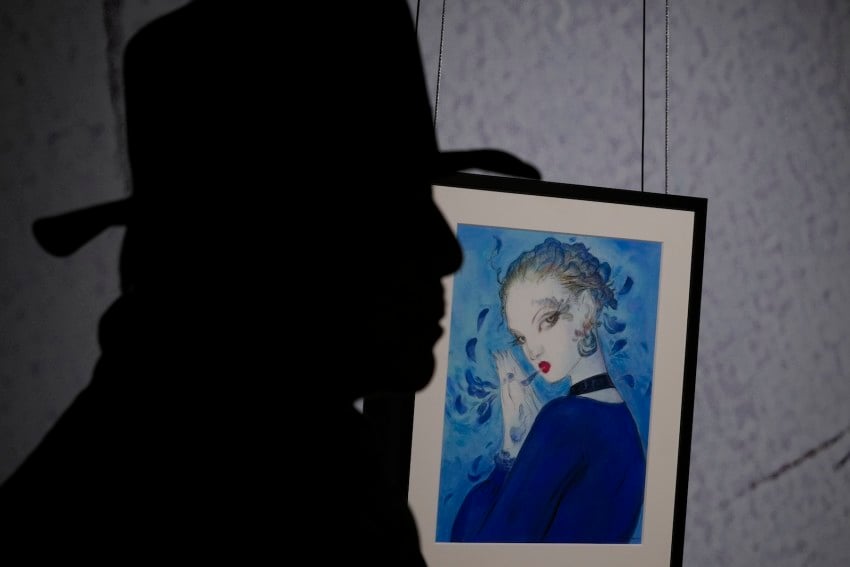Five years after fire ravaged Okinawa's iconic Shuri Castle, hopes for a full recovery in visitor numbers at the World Heritage site are growing in line with the steadily progressing reconstruction work.
Once the political and cultural center of the Ryukyu Kingdom (1429-1879), Shuri Castle has burned down five times due to accidents or wartime shelling since its construction which is believed to have been completed around the 14th century.
The latest calamity to befall the castle in the prefectural capital of Naha began in the early hours of Oct 31, 2019. The main temple and six buildings were destroyed before the blaze was fully contained about 11 hours later.
The fire severely hit tourism in Okinawa, a situation worsened by the coronavirus pandemic which followed soon after.
The castle in the southern island prefecture has seen visitor numbers climbing steadily back to more than half of the pre-fire level thanks to efforts to open part of the restoration work to the public.
In anticipation of the 80th anniversary of the end of World War II next year, the prefectural government is pushing efforts to attract tourists. One principal goal is to open up in 2025 or later a bunker that housed a Japanese military headquarters beneath the castle.
The reconstruction work of Shuri Castle appears to be nearing its culmination. In mid-September, as craftsmen looked on, wooden boards that decorate the perimeter of the Ryukyu King's throne were brought into the warehouse next to its main temple.
The sculptures, called "uchinorigakugi," comprise three boards, on which dragons and other decorations have been crafted, and measure about 14 meters in width when connected.
They have features unique to the Ryukyu region, including Okinawa, which was under the strong influence of China until it was annexed by Japan in 1879.
"It was difficult to achieve the right balance since I usually create dragons with three fingers, while the Ryukyu dragons have four," said Takao Shimomura, 72, the sculptor of the works who hails from Nagasaki Prefecture in Kyushu, one of Japan's four main islands located northeast of Okinawa.
Earlier in July, roof tiling began on the main building with some 60,000 red Ryukyu tiles, scheduled for completion by yearend. The roof was firmly reinforced with stucco and other materials with thought given to making it robust enough to survive Okinawa's frequent typhoons.
According to the prefectural government, the gable decorations on the main temple's front facade and the "great dragon" pillars to be erected in the plaza are expected to be delivered in January next year and sometime in 2026, respectively.
The number of visitors to Shuri Castle Park, including those to free-to-access zones, totaled 2.8 million in fiscal 2018 before the fire, according to the Japanese central government's Okinawa General Bureau of the Cabinet Office. After the blaze, the number plunged to 330,000 in fiscal 2020 and remained low in fiscal 2021 and 2022 amid the pandemic.
In an attempt to increase numbers, the Okinawa government opened part of the reconstruction work to the public in 2023. It created scaffolding and a temporary roof to protect the main building from the weather, allowing visitors to see construction efforts through windows.
"It's interesting that the Ryukyu tiles are different from the tiles used in Honshu," a 41-year-old woman from Ibaraki Prefecture, northeast of Tokyo, who works in the construction industry, said, referring to the largest of Japan's main islands. "I'm glad I could get up close to see the progress of reconstruction."
In addition to general visitors, students on field trips and tourists from visiting cruise ships are returning to Shuri Castle Park, with the number rebounding to around 1.44 million in fiscal 2023 and expected to rise further in the current fiscal year.
Before the 2019 catastrophe, the castle was last destroyed during the Battle of Okinawa which started following the U.S. military's 1945 landing on Okinawa's main island. The structure was rebuilt in 1992.
In the former bunker under the castle which housed the command of the Japanese imperial forces' 32nd army headquarters, the installation of safety measures to protect visitors from falling rock and debris and other accidents is underway.
The prefectural government hopes to attract tourists to both the rebuilt castle and the underground former command center.
Kurayoshi Takara, professor emeritus of Ryukyu history at the University of the Ryukyus and chairman of the national technical review committee for reconstruction, expressed optimism that the rebuilding will make the site more popular than ever.
"I hope when the reconstruction work is completed that lots of people will understand the aesthetic sense and traditional craftsmanship of the Ryukyu Kingdom and Okinawan's memory of the war and hopes for peace."


















